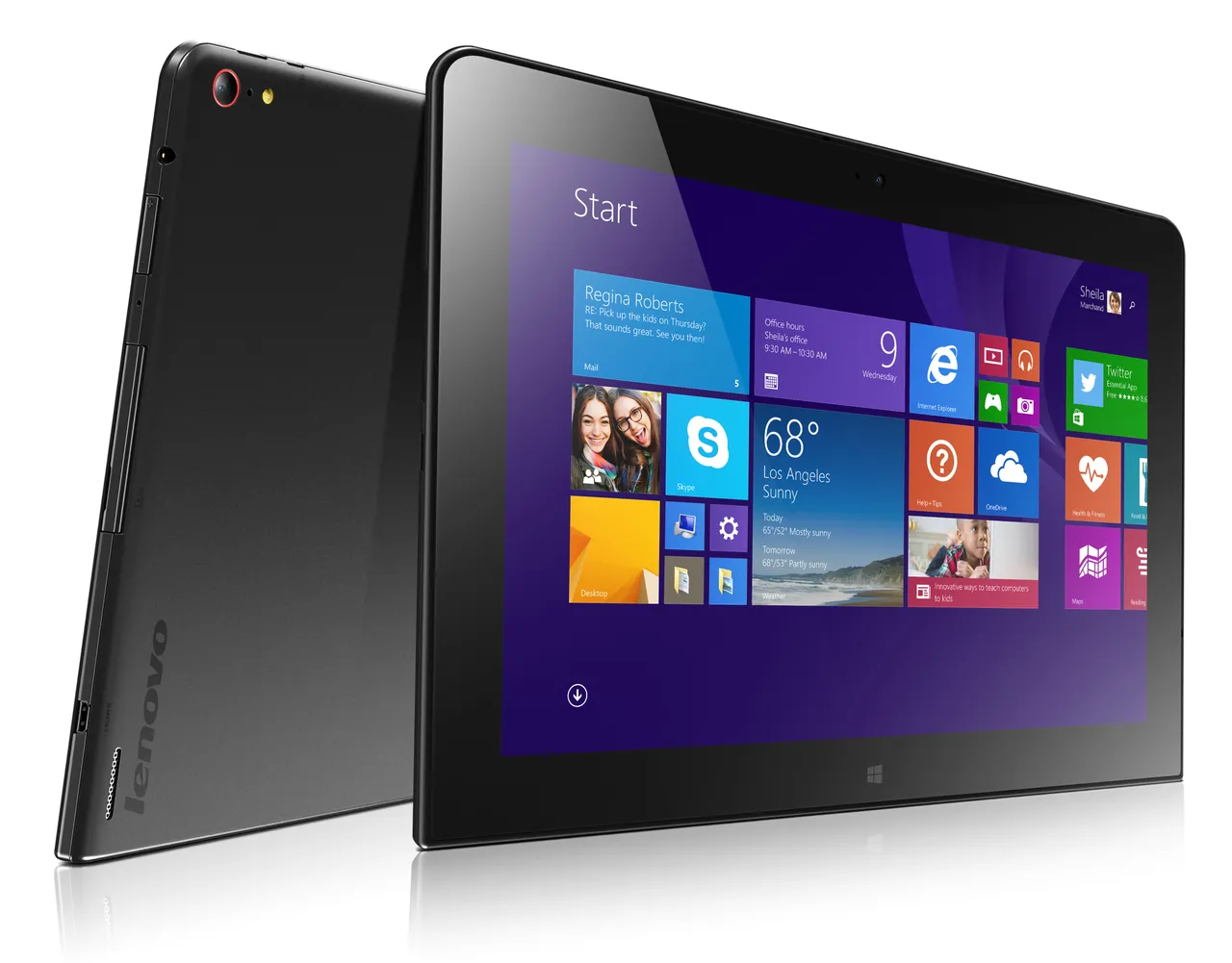
A computer tablet, also known simply a tablet, is a mobile computer that is designed to be held in one's hand and used primarily for touch input. It is a flat, rectangular device with a touchscreen display, and it typically has a virtual keyboard and a range of sensors and cameras.
Tablets are designed to be portable and easy to use, and they are often used for tasks such as browsing the Internet, checking email, watching videos, and playing games. They are popular for their convenience and flexibility, as they can be used anywhere, without the need for a separate keyboard or mouse.
Tablets are often compared to smartphones, which are similar devices that are designed primarily for phone calls and text messaging. However, tablets are generally have a larger display, which makes them more suitable for tasks that require a bigger screen, such as reading, browsing the internet, and watching videos.
Some common features of computer tablets include:
- A touchscreen display, which allows users to interact with the device by tapping, swiping, and pinching their fingers on the screen.
- A virtual keyboard, which allows users to type text and enter data.
- A range of sensors, such as accelerometers, gyroscopes, and GPS, which allow the device to detect its orientation, movement, and location.
- One or more cameras, which allow users to take photos and videos.
- Wi-Fi and Bluetooth connectivity, which allow users to connect to the internet and other devices.
- A range of apps and software, which allow users to perform a variety of tasks and functions, such as web browsing, email, games, and productivity.
Here's a breakdown of its key characteristics:
Form factor:
- Thin and flat: Tablets are typically much thinner and lighter than laptops, making them highly portable and convenient for holding in one hand or carrying in a bag.
- Touchscreen display: They almost always feature a touchscreen display as the primary input method, eliminating the need for a traditional mouse and keyboard in most cases.
- Size: Screens typically range from 7 to 13 inches diagonally, offering more screen real estate than smartphones but less than most laptops.
Functionality:
- Operating system: Tablets run on mobile operating systems, similar to smartphones. The most common ones are Android and iPadOS.
- Software and apps: Millions of apps are available for tablets, encompassing various categories like productivity, entertainment, education, and games.
- Limited processing Power: While capable of handling many tasks, tablets generally have less processing power and memory than laptops, making them unsuitable for demanding workloads like video editing or heavy gaming.
- Connectivity: Most tablets offer Wi-Fi connectivity for internet access, and some models also have cellular data options for on-the-go browsing.
Use cases:
- Web browsing and media consumption: Tablets are excellent for browsing the web, watching videos, listening to music, and reading ebooks.
- Social media and communication: They're great for staying connected with friends and family through social media, email, and video calls.
- Light productivity and gaming: While not ideal for heavy work, tablets can handle basic tasks like document editing, email, and some casual gaming.
- Entertainment and creativity: With access to streaming services, drawing apps, and other creative tools, tablets can be enjoyable platforms for leisure and artistic expression.
Comparison to other devices:
- Smartphones: Tablets offer a larger screen and more powerful hardware than smartphones, making them better suited for tasks that require more screen real estate or processing power.
- Laptops: Laptops offer greater processing power, versatility, and larger screens, making them ideal for demanding tasks like video editing, coding, or running specialized software. However, they're typically bulkier and less portable than tablets.
In conclusion, a computer tablet is a versatile mobile device that bridges the gap between smartphones and laptops, offering portability, a good-sized touchscreen display, and a range of functionalities for entertainment, communication, and light productivity. They're perfect for people who want a device that's larger and more capable than a smartphone but still portable and convenient for on-the-go use.
History
The history of computer tablets is a winding road spanning several decades, filled with innovative ideas, prototypes, and eventual commercial success. Here's a timeline of key milestones:
Early precursors (1950s - 1970s):
- 1956: The RAND Tablet, one of the earliest tablet-like devices, emerges, featuring a stylus for handwritten input.
- 1968: Alan Kay, a researcher at Xerox PARC, envisions the Dynabook, a child-friendly educational tablet that never materializes but inspires future designs.
- 1972: The Plato IV educational computer system incorporates a tablet-like device with a stylus.
Commercialization attempts (1980s - 1990s):
- 1987: The GRidPad becomes the first commercially successful tablet, primarily used in business settings.
- 1989: Microsoft launches the Windows Slate, an early tablet prototype that fails to gain traction due to its bulky design and limited functionality.
- 1993: Apple unveils the Newton MessagePad, an ambitious personal digital assistant (PDA) with handwriting recognition that faces some usability challenges.
- Late 1990s: Several companies release PDAs with limited internet access and basic productivity features, paving the way for future advancements.
The rise of modern tablets (2000s - present):
- 2001: Microsoft introduces the Tablet PC, a Windows-powered device targeting business users, but its adoption remains limited.
- 2007: Apple revolutionizes the market with the launch of the first iPad, featuring a sleek design, intuitive touchscreen interface, and access to a dedicated app store.
- 2010s: Android-powered tablets gain popularity, offering an alternative platform with broader device choices and affordability.
- 2020s: Tablets continue to evolve, with features like detachable keyboards, improved stylus support, and foldable displays expanding their capabilities and blurring the lines between tablets and laptops.